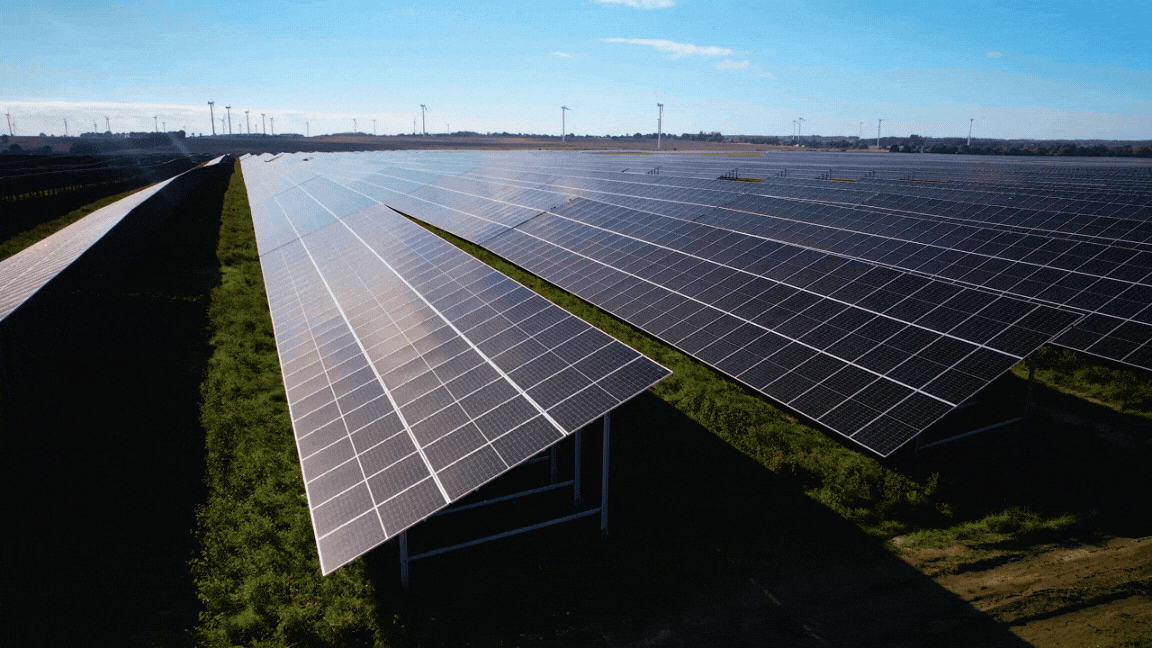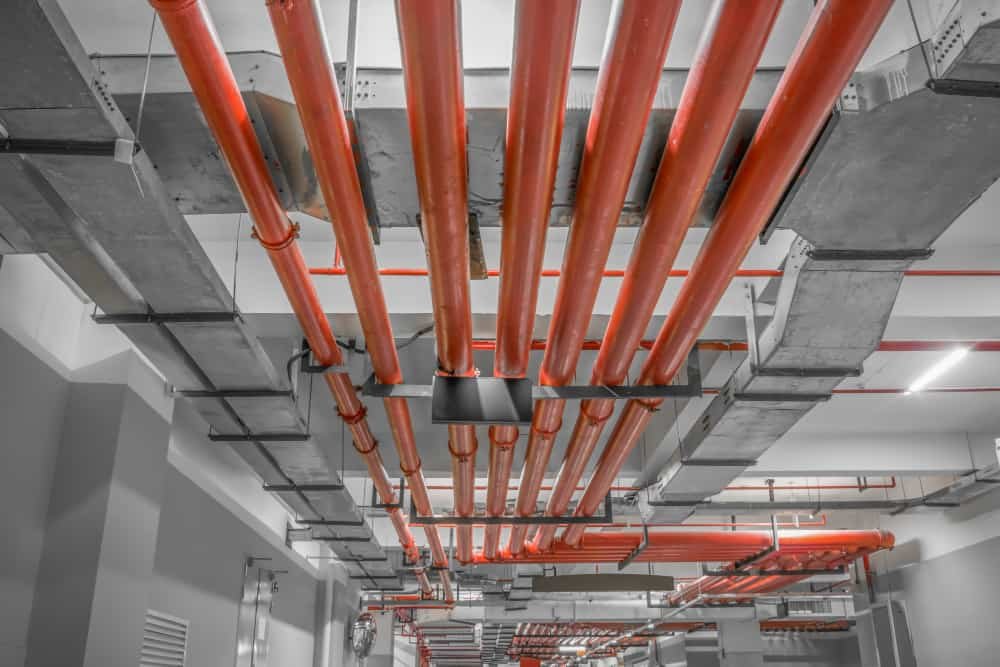extensive experience in planning and executing projects, particularly in the realm of decarbonization and energy efficiency
Risk Identification
Conducting comprehensive site assessments is crucial to identify potential risks related to infrastructure, environmental factors, and regulatory compliance. Engaging key stakeholders early in the project is essential for gathering valuable insights and anticipating potential issues. Additionally, using scenario analysis helps predict possible future risks and their impacts on the project, enabling more informed decision-making and strategic planning.
Risk Mitigation
Developing detailed project plans with risk management strategies, timelines, and contingency plans is essential. Utilizing advanced technologies like BIM and digital twin software helps mitigate construction and design risks. Continuous monitoring and reporting track progress and address issues promptly. Ensuring flexibility in the project plan allows for adaptation to unforeseen circumstances and changes in the external environment.
Our Decarbonization Strategies
Energy-Efficient Design
We incorporate energy-efficient design principles into every project, ensuring that buildings operate with maximum efficiency and minimal environmental impact. This includes optimizing HVAC systems, enhancing building insulation, and utilizing advanced lighting solutions.
Renewable Energy Integration
We seamlessly integrate renewable energy sources such as solar photovoltaic (PV) panels, wind turbines, and geothermal systems into our MEP designs. By leveraging these clean energy technologies, we significantly reduce the carbon footprint of the buildings we work on.
Advanced Building Management Systems
Utilizing cutting-edge building automation systems (BAS), we enable precise monitoring and control of building operations. These systems optimize energy use by automatically adjusting lighting, HVAC, and other mechanical systems based on real-time data, leading to substantial energy savings and emission reductions.
Water Conservation and Management
We design advanced plumbing systems that promote water conservation, including low-flow fixtures, greywater recycling, and rainwater harvesting systems. These measures not only reduce water consumption but also lower the energy required for water heating and pumping.
Retrofit and Upgrades for Existing Buildings
We offer solutions for retrofitting and upgrading existing buildings to improve their energy efficiency and reduce carbon emissions. This includes upgrading insulation, replacing outdated HVAC systems, and implementing energy-saving technologies.
Digital Twin Technology
Using Digital Twin Technology, we create real-time, virtual models of building systems to monitor and analyze energy performance continuously. This allows us to identify inefficiencies, simulate various scenarios, and optimize energy use dynamically, leading to significant reductions in carbon emissions and operational costs.
Efficient Electrical Systems
Our electrical engineering solutions focus on reducing energy waste and improving system efficiency. This includes the use of energy-efficient transformers, smart grid technology, and power quality management systems to ensure optimal electrical performance and reduced carbon emissions.
Sustainable Fire Protection Systems
Incorporating environmentally friendly fire protection solutions, we utilize clean agent suppression systems and water mist technology that have minimal environmental impact. These systems are designed to reduce the use of harmful chemicals and conserve water.
Building Resilience and Adaptation
We ensure our designs incorporate resilience and adaptation strategies to address the impacts of climate change. This includes designing for extreme weather events, enhancing building durability, and implementing flood protection measures.
Compliance with energy Standards
We ensure our designs meet or exceed Energy Standards such as California’s Title 24 Building Energy Efficiency Standards. By adhering to these standards, we optimize energy performance and reduce carbon emissions in alignment with state regulations.
PORTFOLIO EXPERIENCE
National Gallery of Art, Master Energy Plan & Design, Washington, DC
In 2012, SETTY team members prepared a strategic plan for the National Gallery of Art’s sustainability program. The National Gallery of Art had a goal of cutting energy costs by 20% by 2020, a goal met and exceeded by 2013. By focusing on controls, operations, and maintenance, to date – the NGA has reduced their energy costs by $5,000,000.
University of Virginia, Thermal Energy Study, Charlottesville, VA
The University of Virginia (UVA) has set a goal to achieve carbon neutralization by 2030 and zero fossil energy usage by 2050. To realize this vision, UVA has initiated a comprehensive Thermal Energy Study. The study aims to provide a strategic framework and pathway for transitioning to renewable and sustainable energy sources. As part of the project team with FVB, SETTY services include mechanical and electrical support on-site in, assisting with data collection, verification, and local coordination.
The Thermal Energy Study aims to develop a long-term Strategic Framework Plan to achieve UVA's carbon neutral by 2030 & fossil fuel-free goal by 2050. Key objective of the plan include Transitioning from the current heating infrastructure to electrification as new technologies emerge; Enhancing sustainability, operational reliability, and resiliency and Reducing operating costs while maintaining or improving services.














